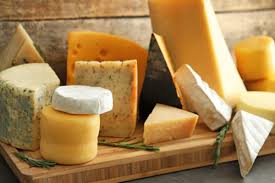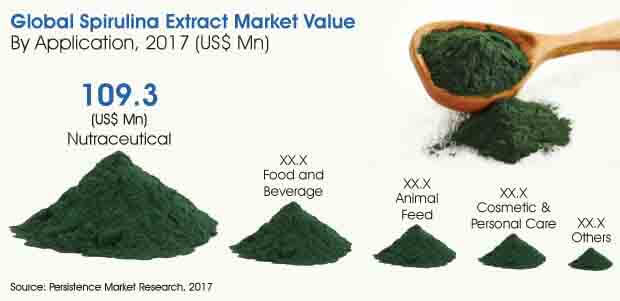According to Persistence Market Research, the global cheese enzymes market is bound to witness a substantiation between 2020 and 2030.
EMC (enzyme-modified cheese) comes across as concentrated cheese flavor that is produced enzymatically from the blends of whey powder, butter fat, skimmed milk powder, and casein. EMC could be used in the form of cheese flavor’s sole source, so as to intensify the taste oof cheese or impart specific character to that cheese. Enzyme-modified cheese is available in several flavors like Parmesan, Blue, Swiss, and Cheddar.
Snapshot
Extended durability is the basic advantage of cheese enzymes. The present scenario is such that convenience foods are being asked for. This demand is driving the demand for enzyme-modified cheese. Natural cheese does encounter limitations due to “low” flavor stability as several microbiological/biochemical alterations take place during storage. This is where cheese enzymes come to the rescue. This factor is bound to boost the cheese enzymes market going forward.
Get Full article here: https://www.persistencemarketresearch.com/samples/24994
Digestive disorders have been rising at a noteworthy rate. This has catalyzed the demand for the fermented milk products all across. Probiotics are amongst the driving forces in the category of health products. This trend of healthy snacking is amongst the factors bolstering the cheese enzymes market further (cheese enzymes cause cheese processing – a sort of fermentation).
Region-wise
North America and Europe are already at the saturation stage regarding cheese enzymes. However, the future belongs to the Asia-Pacific. The food habits of people are witnessing a paradigm shift. They are preferring cheese-oriented products for breakfast as well. This factor is bound to drive the cheese enzymes market in the near future.
How about Segmentation?
By source, cheese enzymes could be categorized into animal-based cheese enzymes, plant-based cheese enzymes, and micro-organism-based cheese enzymes. By type, it says lactase, fungus, lipase, catalyse, microbial rennet, chymosin, peptidases, proteases, and others. Citric acid and/or vinegar are used for congealing cheese. However, sour taste prevents its usage at a large scale. Rennet is the largest revenue generator. Though conventionally being an animal product, these days rennet is also made from microbes or plants. With predictability of reaction coupled with chemical purity, plant-based rennet is expected to gain popularity in the years to come.
Competitive Landscape
The key market participants include Chr. Hansen Holding A/S, Novozymes, DuPont, and Koninklijke DSM N.V., Advanced Enzymes Technologies, Amano Enzyme, Biocatalysts, Danisco A/S, Kerry Group, and SternEnzym. SEBCheese Pro is offered by “Enzyme Innovation”. It is an aspartic protease capable of improving taste, yield, and texture of cheese.


